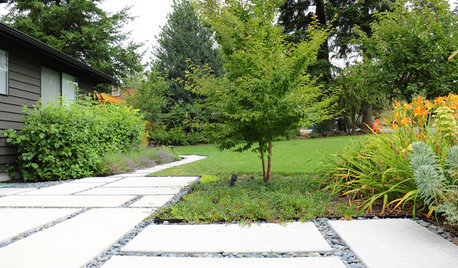Acer griseum, campestre and/or platanoides in semi-arid zone
ospreynn
16 years ago
Related Stories

ARBOR DAY10 Trees Landscape Designers Love
In honor of Arbor Day, consider adding a beautiful and beneficial tree species favored by designers around the country
Full Story







lou_spicewood_tx
cacau
ospreynnOriginal Author
pineresin
lou_spicewood_tx
Embothrium
ospreynnOriginal Author
eric_griseum